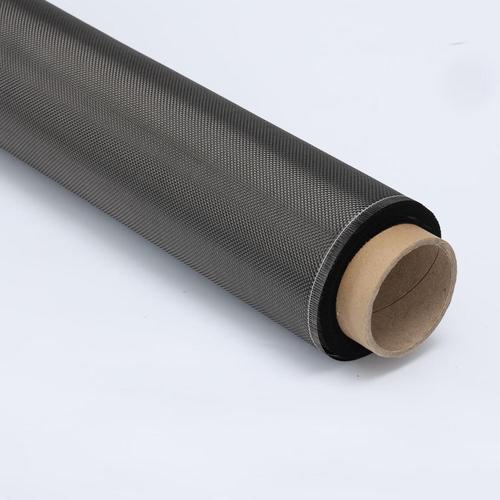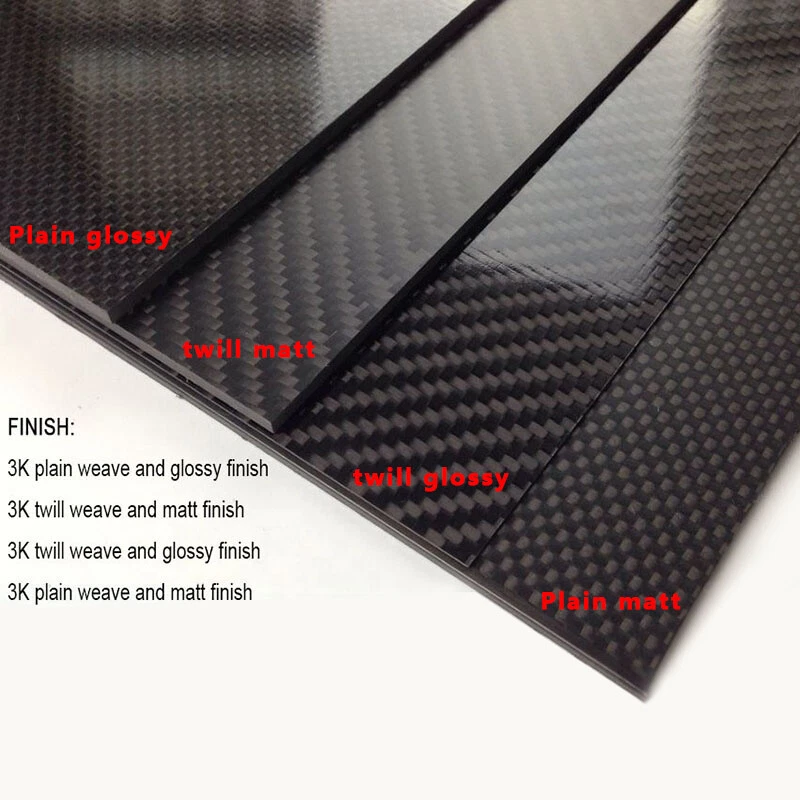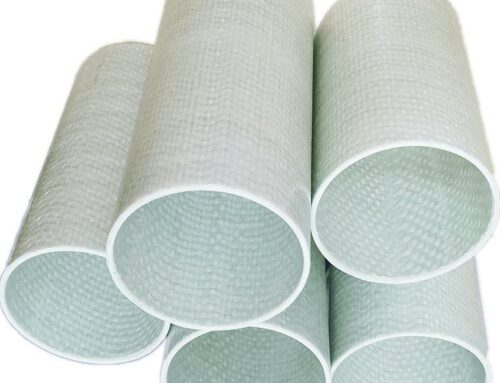A escolha da fibra de carbono errada pode aumentar os custos em 40% e provocar o fracasso do projeto. Este guia de seleção de fibra de carbono revela como os engenheiros aeroespaciais, automóveis e robóticos selecionam os materiais ideais.

1. Compreender os fundamentos da fibra de carbono
Propriedades principais:
- Elevada relação resistência/peso (5x mais forte do que o aço com 1/4 do peso)
- Elevada relação rigidez/peso
- Baixa expansão térmica
- Excelente resistência à fadiga
- Resistência à corrosão
- Condutividade eléctrica
- Anisotrópico: As propriedades variam com a direção da fibra.
2. Parâmetros críticos de seleção
- Unidirecional (UD): Fibras todas em 0°. Resistência/rigidez máxima na direção primária. Laminados.
- Tecido liso: Simples sobre/sob. Boa estabilidade, propriedades equilibradas. Manuseamento mais fácil.
- Tecido de sarja (2×2, 4×4): Caimento mais suave, melhor conformabilidade do que o liso. Contornos complexos.
- Tecido de cetim (por exemplo, 5HS, 8HS): Excelente caimento, franzido reduzido. Moldes complexos, superfícies de alta qualidade.
- Tecido não engomado (NCF): Camadas cosidas de camadas UD ou tecidas. Desempenho mecânico superior.
- Pequeno reboque (1K-12K):
- Melhor caimento, acabamento da superfície. Formas complexas, artigos de desporto.
- Reboque grande (24K-50K+):
- Custo mais baixo por kg, taxas de deposição mais elevadas. Setor automóvel, industrial.
- Unidirecional (UD): Fibras todas em 0°. Resistência/rigidez máxima na direção primária. Laminados.
- Tecido liso: Simples sobre/sob. Boa estabilidade, propriedades equilibradas. Manuseamento mais fácil.
- Tecido de sarja (2×2, 4×4): Caimento mais suave, melhor conformabilidade do que o liso. Contornos complexos.
- Tecido de cetim (por exemplo, 5HS, 8HS): Excelente caimento, franzido reduzido. Moldes complexos, superfícies de alta qualidade.
- Tecido não engomado (NCF): Camadas cosidas de camadas UD ou tecidas. Desempenho mecânico superior.
algumas tranças comuns

Peso por unidade de área (g/m² ou oz/yd²). Afecta a espessura do laminado, o teor de resina e o tempo de processamento.
Assegurar a compatibilidade com o sistema de resina escolhido (epóxi, poliéster, éster de vinilo, bismaleimida, termoplástico).
Crítico para a adesão fibra-matriz (resistência de ligação). Especificar com base no tipo de resina.
- Tecido seco: Necessita de infusão de resina.
- Prepreg: Pré-impregnado com resina (armazenamento congelado). Qualidade consistente, colocação mais fácil.
- Fio/tapete cortado: Para compostos de moldagem, reforço de fibras curtas.
- Perfis pultrudidos: Secções transversais constantes (varas, tubos).
3. Recomendações baseadas em aplicações
- Aeroespacial (estruturas primárias): Fibras IM ou HM, pré-impregnados UD ou tecidos de camada fina, controlo de elevado teor de resina.
- Automóvel (Desempenho): Fibras SM ou IM, tecidos de grandes dimensões ou NCF, pré-impregnados de cura rápida/sistemas de resina.
- Artigos de desporto (bicicletas, raquetes): Fibras SM ou IM, sarja 3K para estética, UD para zonas de desempenho, pré-impregnado ou colocação húmida.
- Eletrónica de consumo: Fibras HM para rigidez, tramas finas ou UD para perfis elegantes, graus de proteção EMI.
- Industrial/Robótica: Fibras SM ou IM, Tecidos de grandes dimensões e económicos, Resinas epóxidas ou de éster vinílico.
- Marinha: Fibras SM, Tecidos (sarja/estanho), Viniléster ou epóxi para resistência à corrosão.
4. Considerações sobre fornecedores e qualidade
- Reputação do fornecedor: Certificações (AS9100, ISO 9001), património aeroespacial.
- Consistência: Variabilidade de lote para lote nas propriedades, tamanho, peso.
- Disponibilidade de dados: Acesso a dados certificados de propriedades mecânicas (tração, compressão, cisalhamento).
- Prazos de entrega e disponibilidade: Crítico para o planeamento do projeto.
5. Considerações sobre o processamento
- Estratificação manual (húmida): Escolher tecidos com bom caimento (sarja, cetim), peso areolar controlável.
- Infusão de resina (VARTM, RTM): Selecionar tecidos permeáveis/NCFs, meios de fluxo compatíveis.
- Pré-impregnação: Requer cura em autoclave/forno. Considerar a aderência, o tempo de vida útil e o ciclo de cura.
- Moldagem por compressão: Fibra cortada, SMC, ou tecidos pré-formados.
- Processos automatizados (ATL/AFP): fitas UD ou tecidos cortados. Controlo preciso da largura.
6. Otimização de custos
-
Avaliar: Tecido seco vs. pré-impregnado, módulo padrão vs. módulo elevado.
-
Minimizar o desperdício: Encaixe eficiente, métodos de corte optimizados.
-
Eficiência do processo: Resinas de cura mais rápida, técnicas de trabalho reduzidas (automatização, infusão).
7. Fluxograma de decisões-chave
- Definir os requisitos da aplicação: Cargas (tração, compressão, cisalhamento), rigidez, objectivos de peso, ambiente, factores de segurança.
- Identificar propriedades críticas: A força, a rigidez, a resistência ao impacto ou a vida à fadiga são fundamentais?
- Considerar o método de fabrico: Camada húmida, pré-impregnado, infusão, moldagem?
- Selecione o tipo de fibra e o tamanho do reboque: SM, IM, HM? 3K, 12K, 50K?
- Escolha a trama e o peso da área: UD, liso, sarja, cetim? Que g/m²?
- Especificar a compatibilidade da resina e a forma: Pré-impregnado ou tecido seco? Sistema de resina compatível.
- Avaliar fornecedores e custos: Equilíbrio entre desempenho, qualidade e orçamento.
- Protótipo e teste: Validar a seleção antes da produção em grande escala.
8. Notas importantes
- Consultar especialistas: Envolver cientistas de materiais ou engenheiros de compósitos numa fase inicial.
- Teste: As fichas de dados dos materiais são guias; efetuar testes específicos da aplicação.
- Considere todo o sistema: A fibra é apenas um componente. A resina, o núcleo (se for em sanduíche) e o processo de fabrico são igualmente críticos.
- Sustentabilidade: Explorar opções de fibra de carbono reciclada sempre que o desempenho o permita.
Ainda confuso? Contacte-nos aqui





